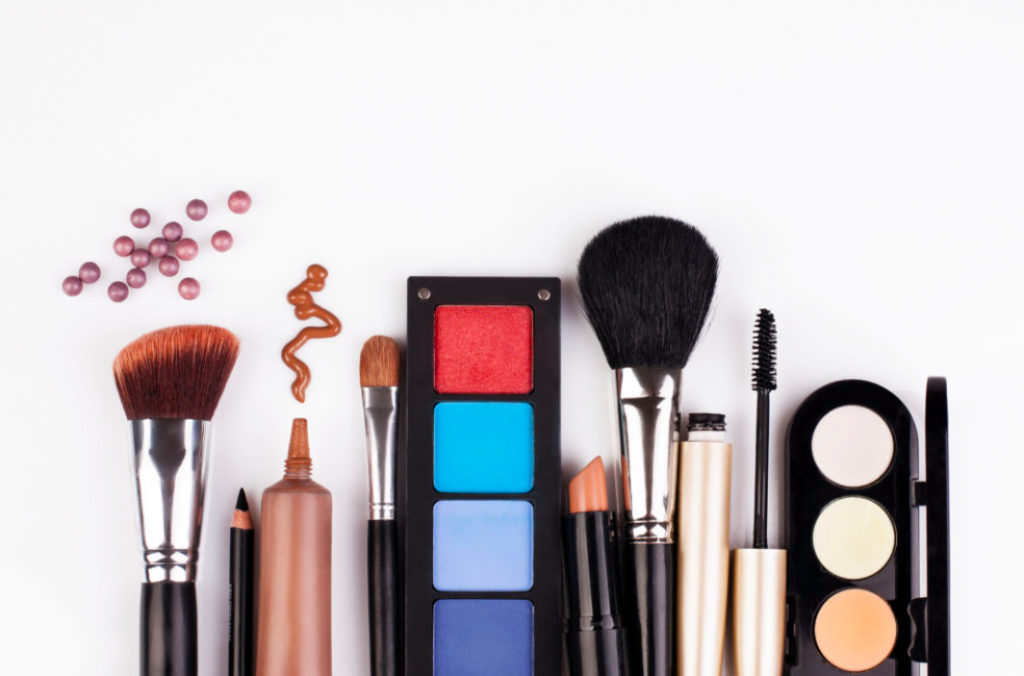
Named one of Euromonitor’s 20 markets of the future in 2014, a growing middle class in Myanmar is drawing international corporations in and disrupting previously long held consumer habits. And with a rise in discretionary income, Myanmar people are creating spaces for new or underdeveloped industries to thrive.
One industry not unfamiliar to Myanmar consumers, but enjoying a resurgence with globally-oriented tastes, is the beauty industry. Worldwide, consumers will spend over $445 billion this year on beauty and cosmetic products, according to Forbes. Now, Myanmar people are interested in getting their share.
Thanaka
Myanmar’s oldest, and perhaps most beloved cosmetic is thanaka. Typically used in a paste form, thanaka is made from the ground bark of several trees which are native to Myanmar. When ground and combined with a bit of water, the resulting paste is most often used by women and children as a sunscreen and skin coolant. Thanaka is also thought to treat acne and uneven skin, and smells similar to sandalwood.
Across Myanmar, thanaka is sold in its natural state as small logs, and then ground by users against a circular slate called a kyauk pyin. The paste can be applied evenly across wide swatches of skin, or on the cheeks in beautiful, delicate patterns. It is also gaining popularity in premade paste form, and is sold in small tubs at many supermarkets and corner stores across the country.
Going Global
In recent years, after the lifting of international sanctions, drugstore brands from around the world like Sunsilk, Dove, Neutrogena and Pantene have also made their mark in Myanmar. Accompanying their rise, standards of beauty are also changing with the arrival of internationalized popular culture both from the west and regional neighbors like Thailand and South Korea. Shampoos, makeups, powders and lotions have gone from being relatively unused in Myanmar, to pervasive, with many Myanmar men and women now concerned about the effects of the country’s intense sun and humid tropical climate on their skin and hair.
Higher-end cosmetic brands have also been making gains with Myanmar’s upper-middle class, expat and elite communities. Perhaps most interestingly though, with a local beauty culture rooted in a natural cosmetic like thanaka, consumers do pay attention to the ingredients listed on bottles. More and more companies are seeking to sell their natural beauty products to receptive consumers in Myanmar, or even incorporate thanaka into their formulas.
Services Grow, Too
A service-based beauty economy is also developing in Myanmar’s largest and most economically vibrant cities — Yangon, Mandalay and Naypyidaw. Massages, facials and other beauty treatments at 70-100,000 Kyat a sitting (on par with international industry pricing) are commonplace in Myanmar’s top salons and spas.
In the future, this growth is only expected continue. Many industry insiders as well as hopeful consumers are now looking hopefully towards neighboring Thailand as an example of the high quality beauty and wellness businesses that have the potential to thrive in Myanmar.
